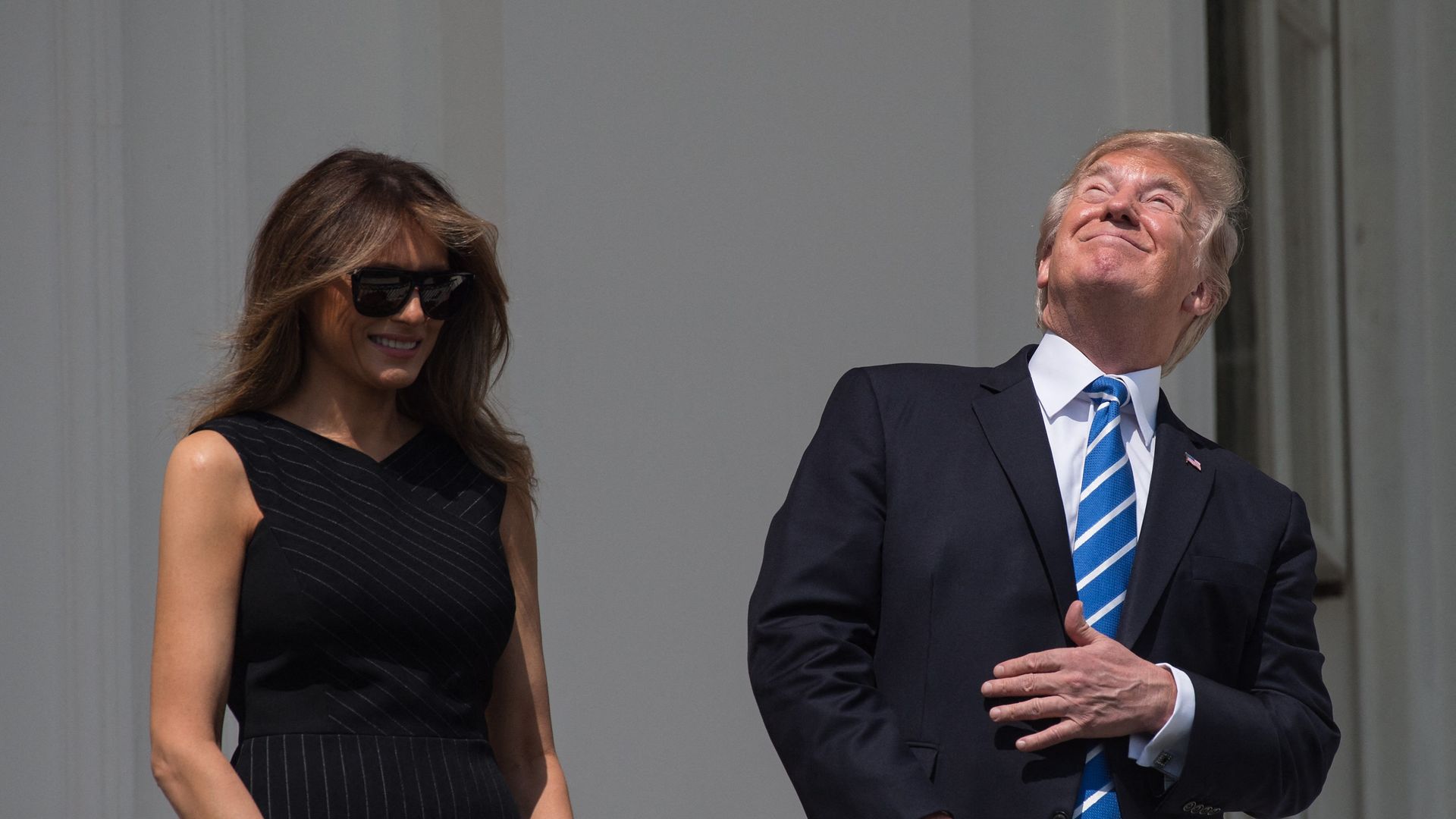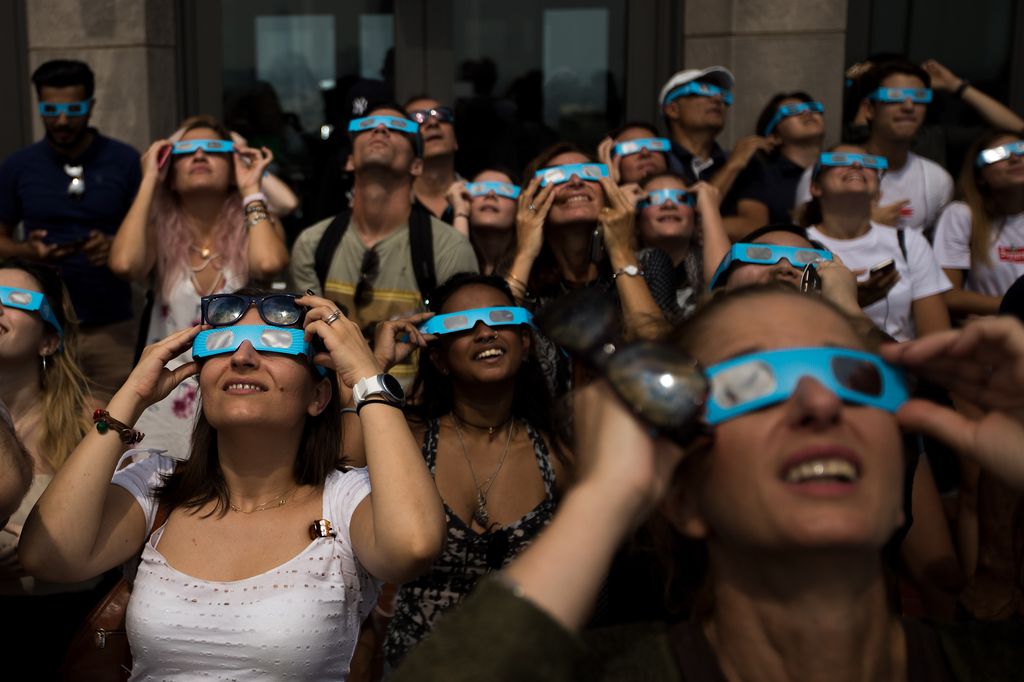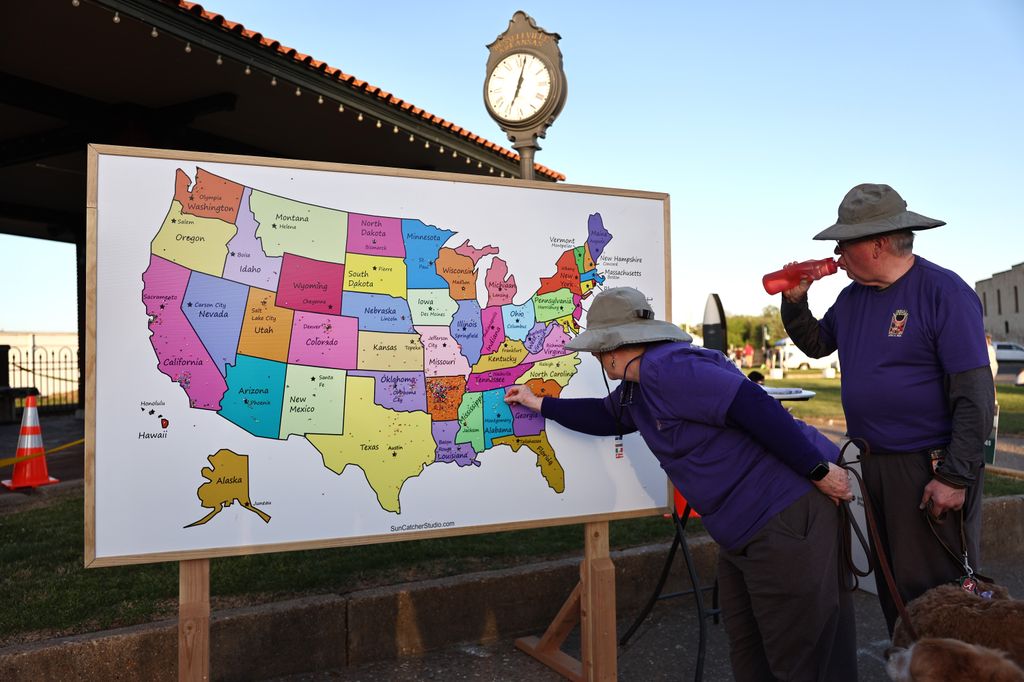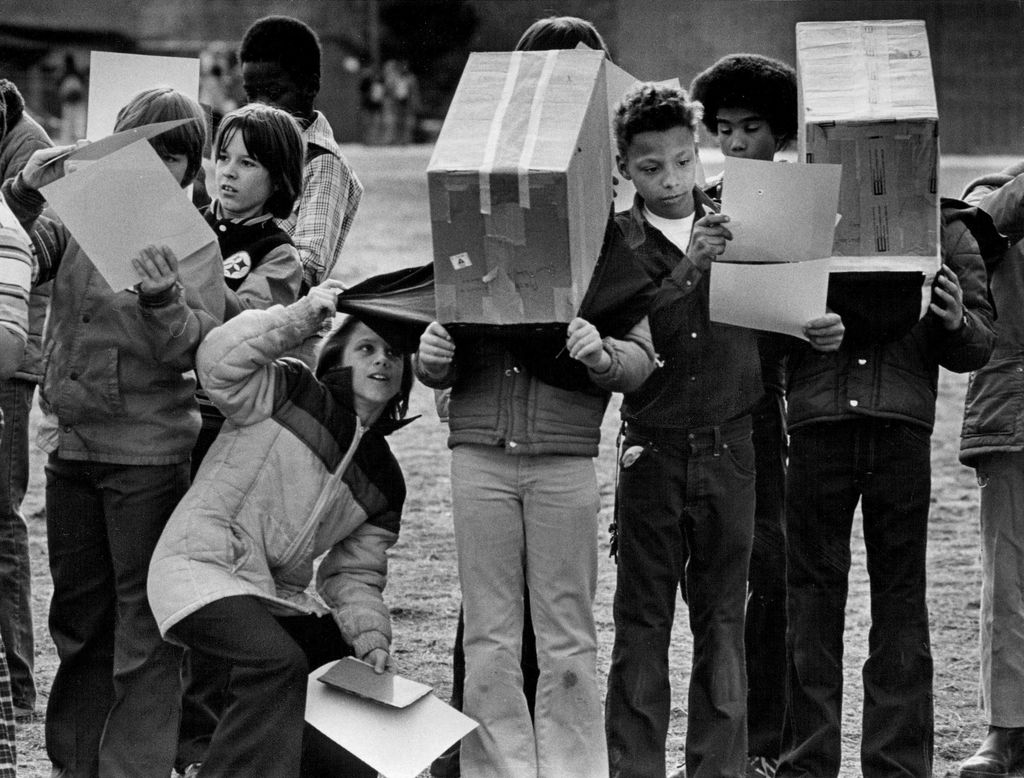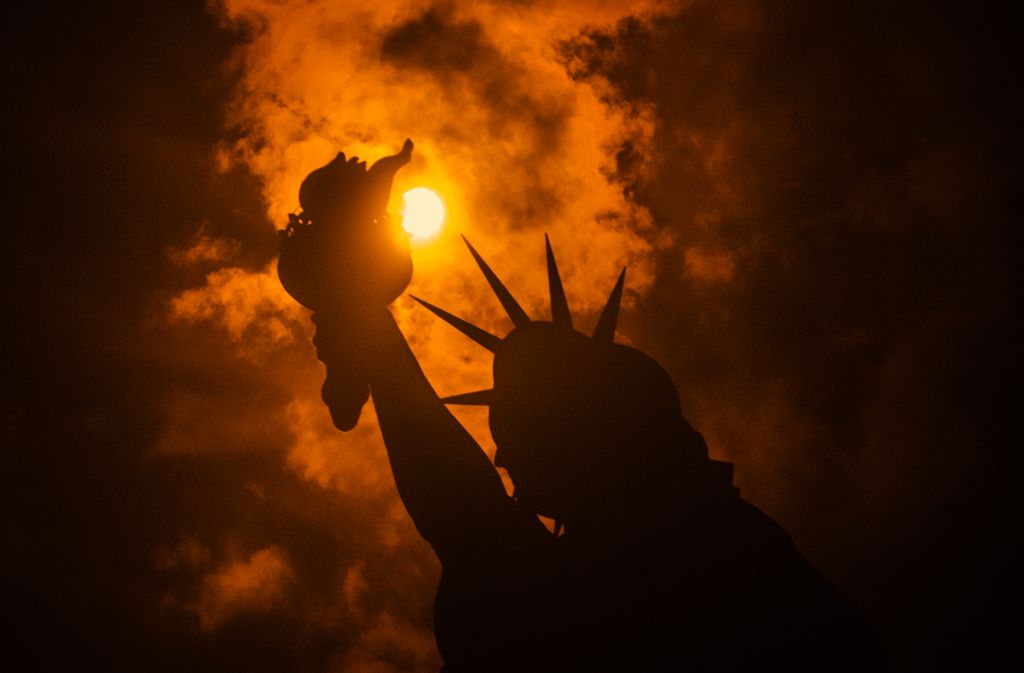This April 8th is certainly not your average Monday: as you may have heard, a total solar eclipse is taking place, only the second time in the 21st century that such a phenomenon has been visible from the United States.
Before 2017's total solar eclipse, the last one that NASA recorded was in 1979, when Jimmy Carter was still president of the United States, the world was still four years away from having commercially available, handheld cell phones, McDonald's had just introduced their Happy Meal, and a dozen eggs cost 86 cents.
By the time the next total solar eclipse is visible from the United States, 20 years from now in August 2044, who knows what the world will look like, but for now, here's everything you need to know and prepare for today's.
Where is the eclipse visible?
The eclipse's path of totality, where millions of people will see the sky momentarily darken, starts in Mexico, and will cross through states like Texas, Illinois and New York before ending in Maine just after 3:35pm ET.
In New York City, the eclipse will last almost two and a half hours; it'll start at 2:10pm ET, the peak, during which 90% of the sun will be covered by the moon, will take place at 3:25pm, and it'll end just over an hour after that.
How to look safely at an eclipse?
The most important thing to remember about watching the eclipse is to never look at it directly without adequate protection, as it could potentially damage your eyes in just a few seconds.
The best way to protect yourself is by wearing eclipse sunglasses, which look similar to the 3D glasses you get in movie theaters, however make sure they comply with the International Organization for Standardization (an ISO logo printed on the glasses should confirm this).
Are there eclipse sunglasses alternatives?
If your public library or local convenience store already ran out of the sunglasses, there's some at-home methods you can still do to be able to watch the eclipse safely.
A pinhole projector is among some of the most common alternatives: on a cardboard box, such as that of a cereal package, place white paper at the bottom (your screen), cut two rectangular holes on each side of the top, and tape aluminum foil over one of them. Punch a tiny hole with a pin, and the other cutout will be for viewing.
Once outside, give your back to the sun, position the foiled side over your shoulder, and as light streams in through the pinhole, an image of the sun will project onto the white paper screen at the bottom.
Will the eclipse be streaming anywhere?
Whether you can't make it outside or aren't in the path of totality, you can still watch the eclipse from home.
NASA will run a livestream on YouTube from 1pm to 4pm ET, as will the McDonald Observatory, and CNN will also have special coverage starting at 1pm.
Get the lowdown on the biggest, hottest celebrity news, features and profiles coming out of the U.S. Sign up to our HELLO! Hollywood newsletter and get them delivered straight to your inbox.
